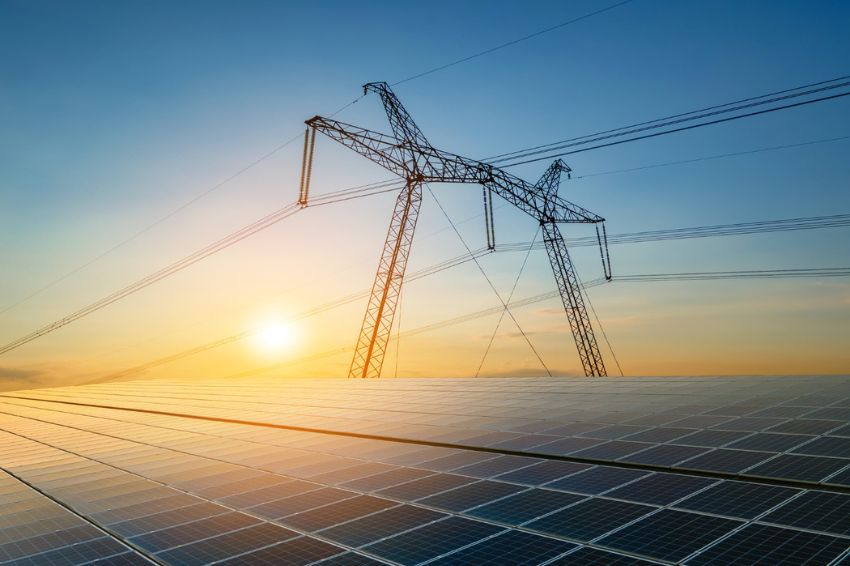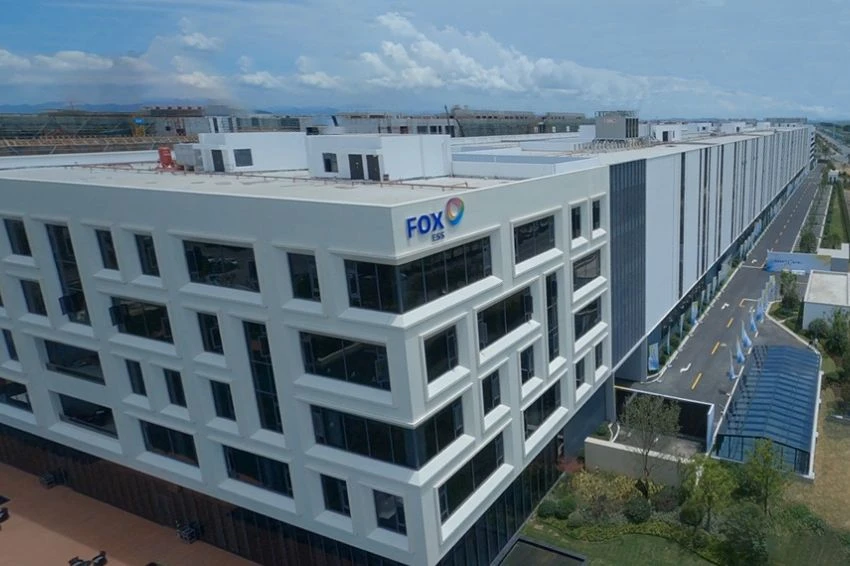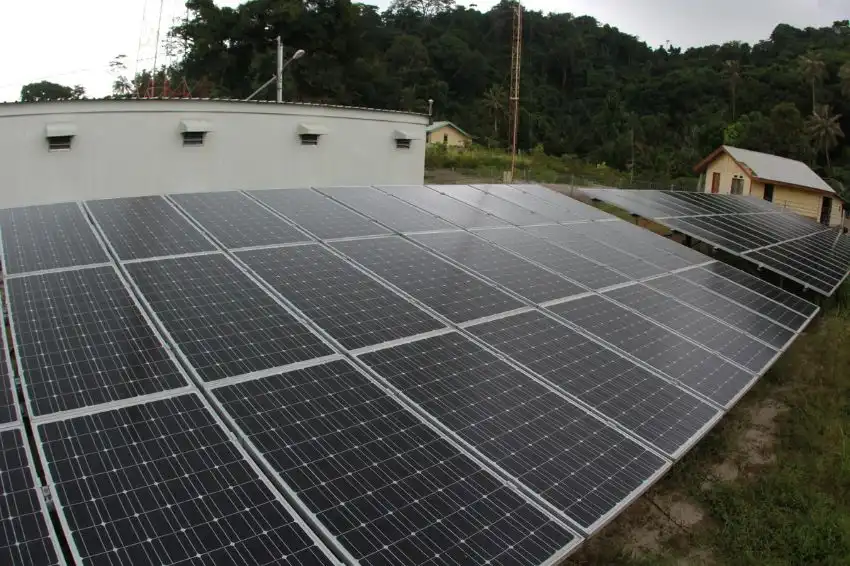Article originally published in the 20th edition of Canal Solar Magazine
The connection of new projects to the SIN (National Interconnected System) must follow a regulatory sequence. One of the steps in this sequence is obtaining the Access Opinion from the ONS (National Electric System Operator).
This step must meet the premises and criteria contained in the Network Procedures. These documents comprise the rules created by ONS for the activities of coordinating and controlling the operation of the generation and transmission of electrical energy that are part of the SIN.
Depending on the type of access (generation or load connection, for example) there are specificities to be met. This text focuses on the connection of centralized electrical energy generation in the SIN, specifically on technical feasibility studies.
The operating horizon determines which databases will be used to carry out technical feasibility studies. If access is carried out in the medium term (current year with forecasts of the electricity grid for the next five years), the databases made available by the ONS must be used.
If access is carried out over a period longer than the medium-term horizon, the databases referring to the Ten-Year Energy Expansion Plan (current year with SIN forecasts for a 10-year horizon) must be used, made available by EPE (Company of Energy Research).
Both databases contain the topology and SIN electrical parameters for different operational scenarios and are in the public domain and can be obtained on the websites of the respective bodies.
- Database for Access Opinion studies for some specific regions of Brazil
- SIN Medium-Term Electrical Operation Database (PAR/PEL)
- EPE database
The execution of studies on technical feasibility using databases, the premises and criteria made available in the Network Procedures allow the generating agent to have a detailed view of current network condition and future connection point.
If one of the technical criteria is violated and there is no structural solution, the entrepreneur is aware of the reason why his enterprise will not have the Access Opinion made viable.
Access bases allow users to entrepreneurs can choose the best connection points of its generation projects, from a technical point of view.
In the context of DG (distributed generation), Each concessionaire has its own access criteria for new projects to your electrical network.
In most cases, the electrical data provided for access studies (when available) relates to the network segment to which it is desired to connect. Therefore, detailed observation of the current and future network condition is not as clear in distribution as it is in transmission.
If data from the distributors' electrical grid were made available in full, entrepreneurs could submit projects in viable connection points.
It would also be possible understand the fragility of the network and perhaps contribute to planning the expansion of distributor networks, in order to accommodate generation projects.
There are challenges associated with making data available in full from distribution networks, for example:
- Protection of user data: the consumption profile and demand of users would be public knowledge. Modeling an equivalent branch that represents this data, instead of modeling the entire electrical distribution network, may be an option to protect user privacy;
- Team focused on preparing and updating databases to be made available in the public domain: the distributors and/or ANEEL would have to have employees allocated to the activity of keeping the databases updated, as well as developing and improving the methodology for preparing these databases. As a suggestion, ANEEL could create a methodology for preparing and updating electrical distribution network databases to be made available in the public domain. This action could be carried out through a task force with bodies from the energy sector, such as the ONS and/or EPE, which have control over the process of creating public domain databases and the distributors. This would result in homogenization of databases, as this would be a national guideline. Ideally, the methodology would be updated as needed.
This topic opens up a lot of discussion and must be treated as a single issue in the electricity sector. Where the basic premise is that there is the possibility that quality and transparent technical analyzes make up the development of distributed generation in Brazil.
The opinions and information expressed are the sole responsibility of the author and do not necessarily represent the official position of Canal Solar.
















